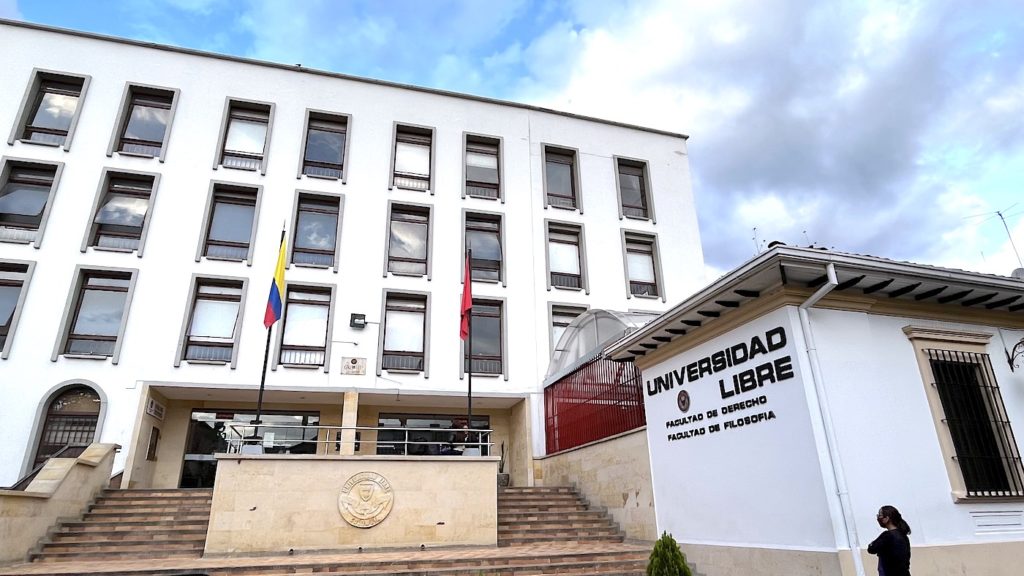
Colombia has resumed the debate on the educational reform, proposed by the government, which has as its main axis the fundamental right to education, implementing the policy of free higher education. Within the package of the so-called social reforms that the administration of President Petro is advancing, the education sector reform is one of the reforms for which there is general agreement, unlike others such as the Health or Pension reforms that are at risk of failing due to the lack of political agreement.
Like other reforms, this law has until June 20 to be approved. For the time being, the articles are being discussed in Congress. For the government, the text seeks to “close the gap between rural and urban areas”, guaranteeing the right to education in all social segments, addressing the adaptation to emerging technologies and the quality of education.
Progressing according to plan
After the first discussion agreed to eliminate 39 points of the original text, the parliamentary discussion on the future education law is progressing as planned. In spite of the rarefied political climate, after the presidential proposal to carry out a Constituent Assembly, which was strongly criticized by the opposition, this bill is the one that has achieved the greatest consensus of all those presented so far.
In spite of the discarded articles, the law preserves the essential axes of the initial proposal. These are: guaranteeing the right to education, the extension of the preschool cycle, the compulsory nature of secondary education and the right to education of the elderly, peasants, and victims of the armed conflict.
The bill proposes that indigenous peoples have the right to build their own educational system. In addition, the future law, if approved, will not imply an immediate increase in public expenditure, since its financing is included in the national budget of the State.
Reducing economic and geographic gaps
Access to education remains unequal in Colombia. Economic and geographic gaps persist, with rural areas and marginalized communities facing great difficulties in accessing educational opportunities. In this context, the objective of the new law seeks to develop policies and programs that guarantee equitable access, promoting diversity and inclusion.
Every year in Colombia, an average of 480,000 young people graduate from secondary school, of which about 290,000 do not have access to higher education. This gap is much more evident in rural areas, where the lack of infrastructure and basic academic offerings affects the entry of these students to the professional world, since the net coverage rate in secondary education reaches only 48.7%.
The legislative text now under discussion aims to reduce these gaps, also involving the updating and flexibility of the quality of higher education. Another aspect that the law intends to address is the adaptation of education to technologies and the need to increase coverage, expanding services into communities far from urban centers.
During the confinement during the Covid-19 pandemic, in 2020, many students from schools living in rural areas had no way of continuing their schooling other than by listening to lessons on the radio. There are many areas where, due to their remoteness, there is no efficient Internet coverage.
Adequate financing
Adequate funding for education is another aspect addressed by the law. Despite the fact that the education budgets of the last four years have been the highest in Colombia’s history, academic performance has continued to decline, as evidenced, for example, by the results of the PISA tests.
Regarding higher education, the financing of expenses in national public universities establishes that the State covers 80% of the total expenses, while the institutions finance the remaining 20% with their own resources.
The problem, in this regard, is that the supply of public places is not enough to cover the demand of students, leaving many without access options. Today, the selection criterion is based on academic performance, but it is evident that in recent years university access has been complicated for students belonging to the poorest strata of society, who do not have a family and an economic context as favorable as other applicants who enjoy more positive environments.
Of the six socioeconomic strata into which Colombian society is divided today, with strata 1 and 2 being the poorest and 5 and 6 the highest income strata, the majority of students in public universities belong to the middle, strata 3 and 4, with the inclusion of the poorest segments of the country dropping considerably.
The education law that is advancing in Congress at the moment is also contemplating how public universities can help with this issue, by means of increasing their offers and how these new places would be financed.
See all the latest news from Colombia and the world at ColombiaOne.com. Contact our newsroom to report an update or send your story, photos and videos. Follow Colombia One on Google News, Facebook, Instagram, and subscribe here to our newsletter.

